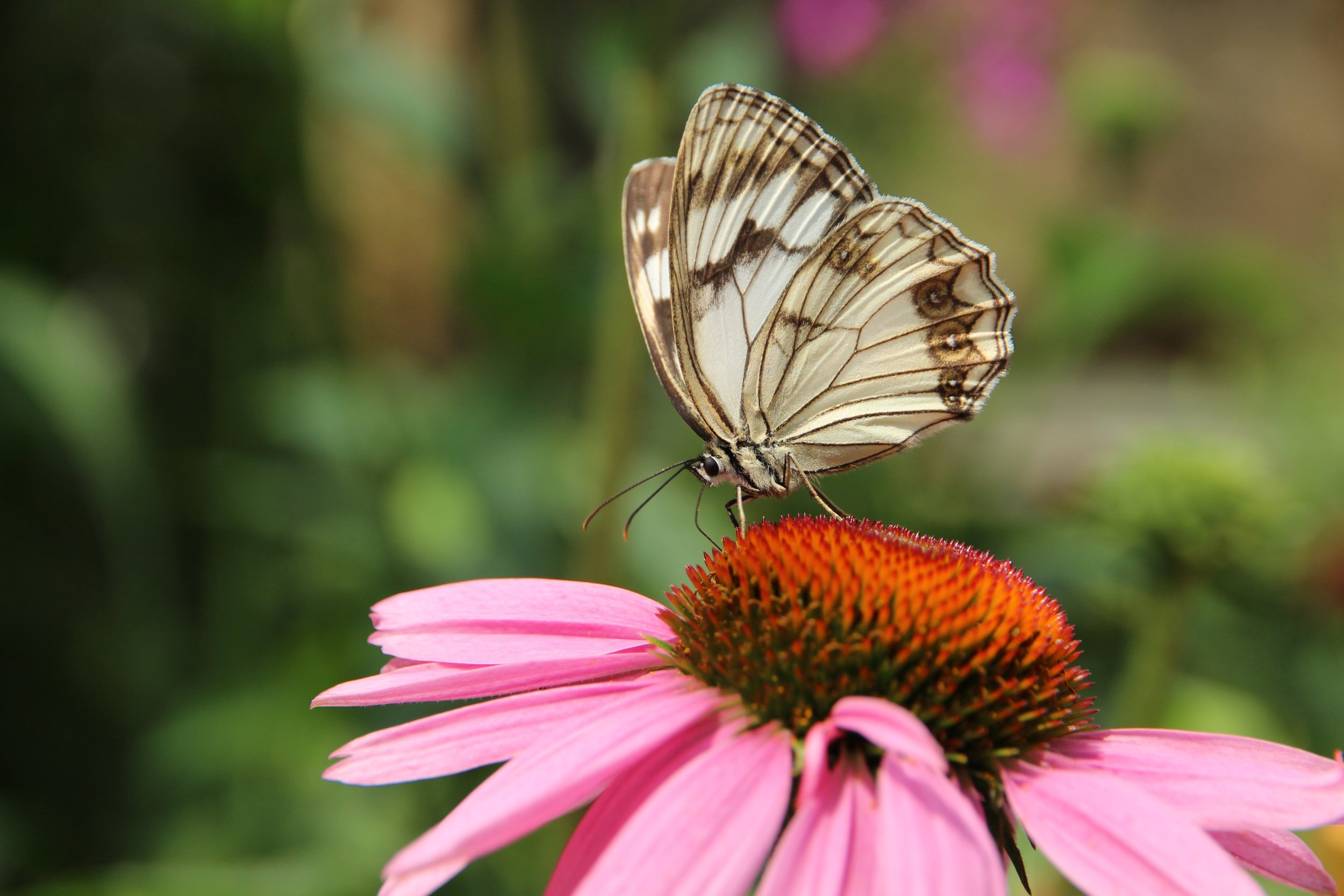
Native Perennials
*Disclaimer: There has been much debate about which plants are considered to be "true natives". To reduce any confusion, we have listed our natives as either Arkansas natives or nativars (a selection of a native plant bred/hybridized for ornamental purposes). If the plant is listed as native, the link on the common name will take you to the native variety. If the plant is listed as "Arkansas native/nativar", the link on the common name will have both the native variety and the nativars listed. Thoughout history, many native plants have been used for their ethnobotanical properties. River Valley Horticultural Products does not encourage the consumption of any of our products unless specifically labeled as "edible". Any information contained regarding historical consumption is for educational purposes only.
